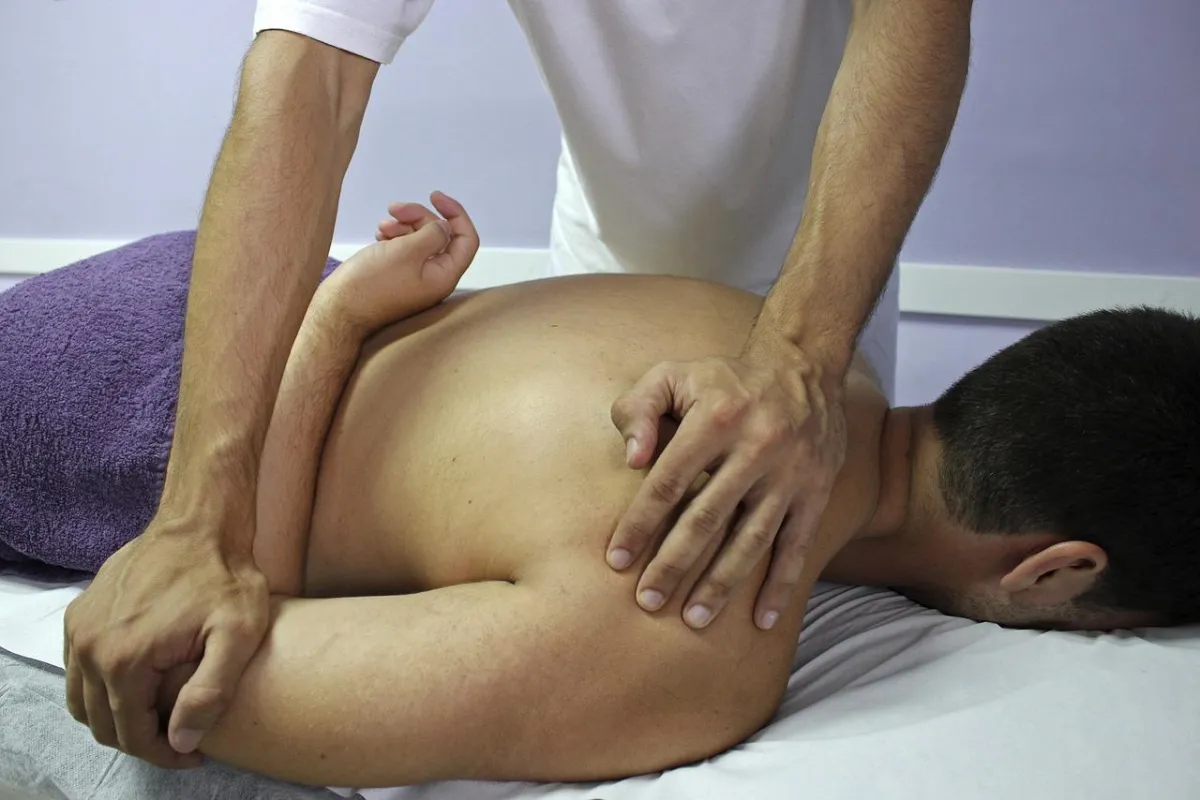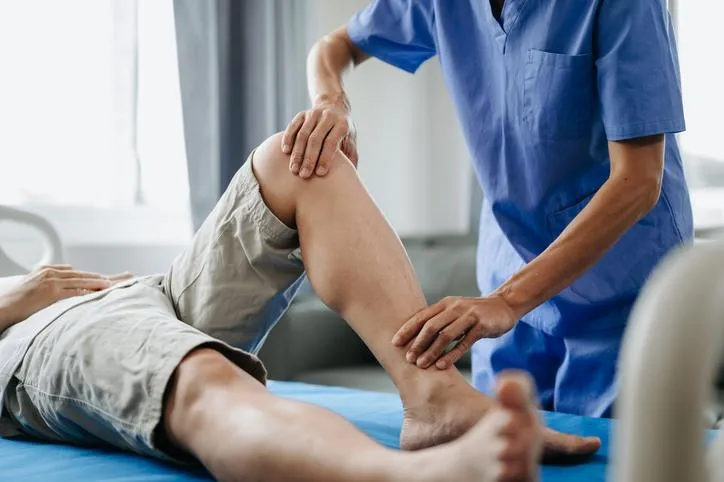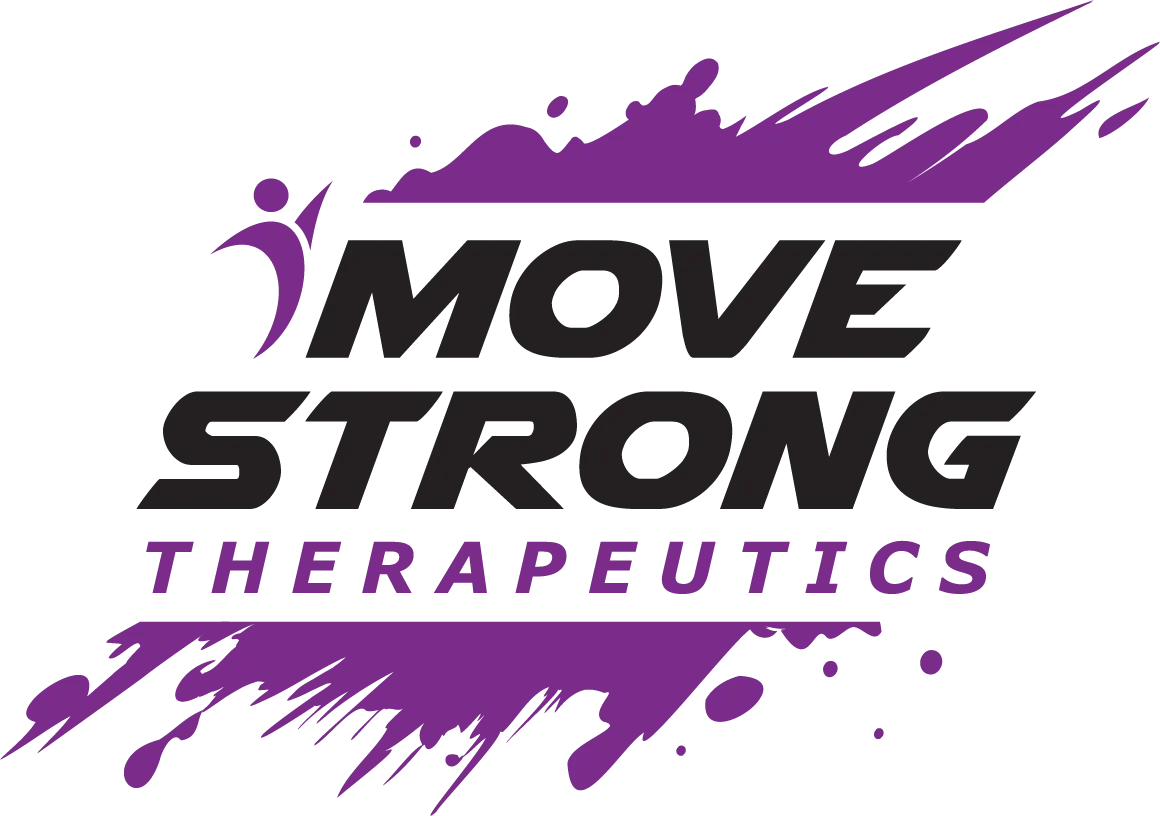What Is Myoskeletal Alignment Technique (MAT)?

Myoskeletal Alignment Technique (MAT) is a science-based manual therapy method designed to correct musculoskeletal imbalances, relieve chronic pain, and improve posture and mobility.
Myoskeletal Alignment Technique (MAT), developed by Erik Dalton, is a comprehensive system of bodywork that integrates principles from osteopathy, chiropractic, physical therapy, and massage therapy. It focuses on the interplay between the musculoskeletal and nervous systems to address chronic pain and dysfunction. MAT practitioners use strategic deep tissue work, assisted stretching, and muscle activation techniques to restore structural balance and functional movement. The technique is grounded in the understanding that pain often stems from imbalances or misalignments in the body, and that correcting these issues can lead to lasting relief
A key component of MAT is its emphasis on nerve mobilization and neuromuscular re-education. These methods help release tension and improve the function of nerves that supply muscles and connective tissues. Techniques such as sliding, tensioning, gliding, and flossing are used to free up adhesions and reduce compression on nerves, thereby enhancing their mobility and reducing pain. By retraining the nervous system through graded exposure and pain-free movement, MAT helps the brain disassociate pain from specific movements, promoting healing and improved function.
MAT also incorporates detailed postural and movement assessments to identify strain patterns before they evolve into chronic pain. Practitioners conduct thorough intake interviews and analyze posture and movement to pinpoint areas of dysfunction. This diagnostic approach allows them to tailor treatments that address the root causes of pain rather than merely alleviating symptoms. The goal is to restore optimal alignment and performance, which not only relieves pain but also prevents future injuries and enhances overall physical health
The technique is particularly effective for conditions such as head-forward posture, breathing disorders linked to ribcage collapse, and sports-related injuries. MAT helps release trapped nerves, correct muscle atrophy and weakness, and eliminate protective muscle guarding caused by joint dysfunction. It also improves sleep by lowering sympathetic nervous system tone and enhances athletic performance through proprioceptive training. By bringing “good news” to the nervous system—safe, pain-free movement—MAT changes the brain’s perception of pain and fosters long-term recovery.
In essence, Myoskeletal Alignment Technique is a holistic and evolving modality that empowers therapists to treat pain with precision and care. It bridges the gap between structural and functional therapy, offering a noninvasive alternative to surgery or medication. With its foundation in scientific research and its focus on the brain-body connection, MAT continues to be a transformative approach for individuals seeking relief from chronic pain and improved physical well-being

Testimonials
FAQs
Your Questions Answered: Enhancing Performance & Recovery
What should I expect during my first sports massage session?
During your first session, we will assess your physical condition and discuss your sports activities and goals to customize the massage, focusing on areas that require attention.
How can sports massage help improve my athletic performance?
Sports massage increases blood flow, reduces muscle stiffness, and improves flexibility, enhancing power and endurance.
Do you provide services for non-athletes as well?
Absolutely! While we specialize in sports massage, our treatments are beneficial for anyone seeking relief from muscle soreness and seeking improved mobility and overall well-being.
How often should I get a sports massage
The frequency can vary based on your activity level and needs. Typically, athletes might benefit from weekly sessions, whereas less active individuals might find monthly sessions sufficient. We recommend a personalized consultation to define the best schedule for you.
What is involved in an injury rehabilitation session?
Injury rehabilitation sessions involve targeted massages, stretching exercises, and strength training focused on the area affected by the injury.
Can you help with sports injury prevention
Yes, we focus on preventing sports injuries through education, proper warm-up techniques, regular body assessments, and personalized advice on sports techniques and movements
